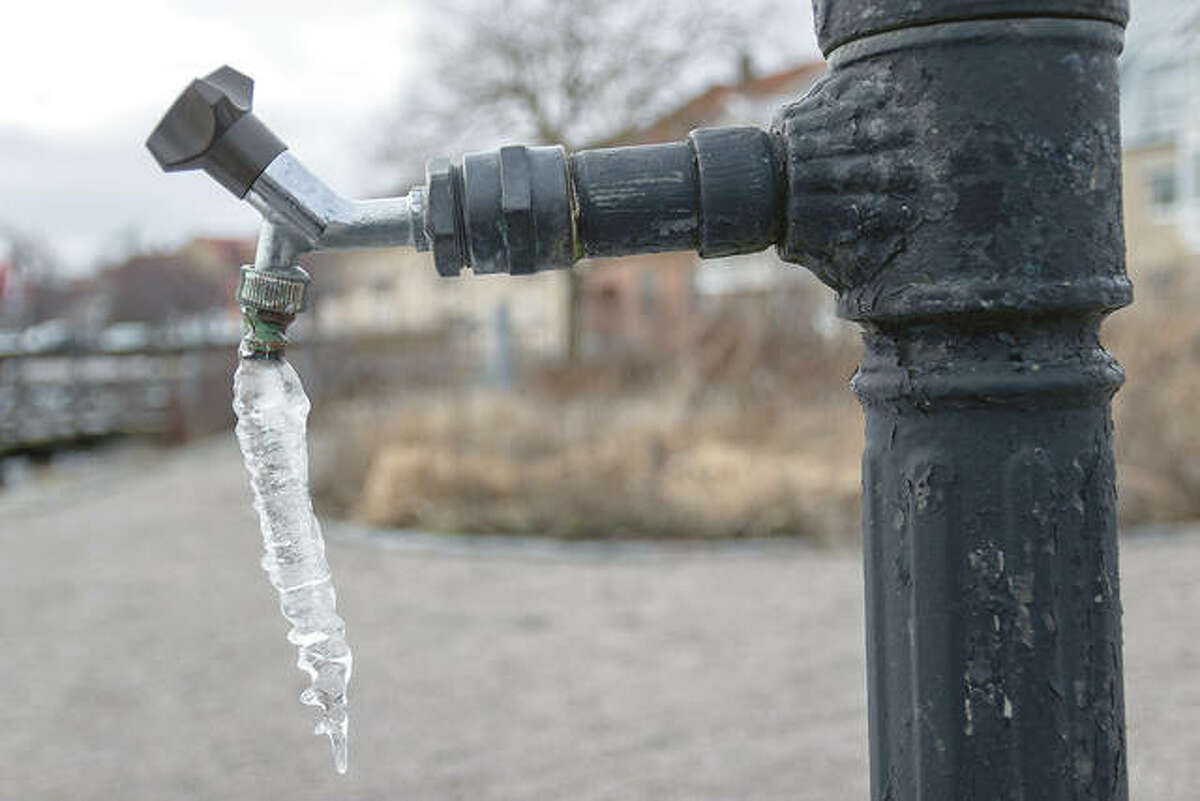Shielding Pipes from Freezing Damage: Essential Approaches
Shielding Pipes from Freezing Damage: Essential Approaches
Blog Article
This article following next in relation to Helpful Tips to Prevent Frozen Pipes this Winter is exceedingly insightful. Check it out yourself and decide what you think about it.

Winter can damage your plumbing, particularly by freezing pipes. Below's how to stop it from happening and what to do if it does.
Introduction
As temperatures decline, the danger of frozen pipelines rises, potentially leading to pricey repair services and water damage. Recognizing exactly how to prevent icy pipes is crucial for home owners in cold environments.
Prevention Tips
Protecting vulnerable pipes
Cover pipes in insulation sleeves or utilize warmth tape to safeguard them from freezing temperature levels. Concentrate on pipes in unheated or outside locations of the home.
Heating methods
Maintain indoor rooms sufficiently warmed, especially areas with plumbing. Open cupboard doors to enable cozy air to flow around pipelines under sinks.
Just how to identify frozen pipelines
Look for decreased water flow from faucets, uncommon smells or sounds from pipelines, and noticeable frost on subjected pipes.
Long-Term Solutions
Structural adjustments
Consider rerouting pipes far from outside walls or unheated areas. Include added insulation to attics, basements, and crawl spaces.
Updating insulation
Buy top notch insulation for pipes, attics, and wall surfaces. Appropriate insulation helps keep constant temperature levels and minimizes the risk of icy pipes.
Shielding Outside Pipes
Garden hose pipes and outdoor faucets
Detach and drain yard pipes before winter. Set up frost-proof faucets or cover outdoor taps with insulated caps.
Comprehending Icy Pipes
What triggers pipelines to ice up?
Pipes freeze when revealed to temperatures below 32 ° F (0 ° C) for prolonged periods. As water inside the pipes freezes, it increases, taxing the pipeline wall surfaces and potentially triggering them to burst.
Dangers and problems
Frozen pipelines can result in water supply interruptions, residential property damage, and costly repairs. Burst pipelines can flooding homes and cause comprehensive structural damage.
Indications of Frozen Pipes
Identifying frozen pipelines early can avoid them from rupturing.
What to Do If Your Pipes Freeze
Immediate actions to take
If you suspect frozen pipelines, maintain taps open up to relieve stress as the ice thaws. Make use of a hairdryer or towels taken in warm water to thaw pipelines slowly.
Conclusion
Protecting against icy pipes calls for positive steps and fast reactions. By comprehending the causes, signs, and safety nets, property owners can shield their pipes during cold weather.
5 Ways to Prevent Frozen Pipes
Drain Outdoor Faucets and Disconnect Hoses
First, close the shut-off valve that controls the flow of water in the pipe to your outdoor faucet. Then, head outside to disconnect and drain your hose and open the outdoor faucet to allow the water to completely drain out of the line. Turn off the faucet when done. Finally, head back to the shut-off valve and drain the remaining water inside the pipe into a bucket or container. Additionally, if you have a home irrigation system, you should consider hiring an expert to clear the system of water each year.
Insulate Pipes
One of the best and most cost-effective methods for preventing frozen water pipes is to wrap your pipes with insulation. This is especially important for areas in your home that aren’t exposed to heat, such as an attic. We suggest using foam sleeves, which can typically be found at your local hardware store.
Keep Heat Running at 65
Your pipes are located inside your walls, and the temperature there is much colder than the rest of the house. To prevent your pipes from freezing, The Insurance Information Institute suggests that you keep your home heated to at least 65 degrees, even when traveling. You may want to invest in smart devices that can keep an eye on the temperature in your home while you’re away.
Leave Water Dripping
Moving water — even a small trickle — can prevent ice from forming inside your pipes. When freezing temps are imminent, start a drip of water from all faucets that serve exposed pipes. Leaving a few faucets running will also help relieve pressure inside the pipes and help prevent a rupture if the water inside freezes.
Open Cupboard Doors
Warm your kitchen and bathroom pipes by opening cupboards and vanities. You should also leave your interior doors ajar to help warm air circulate evenly throughout your home.

I was shown that write-up about 6 Ways to Prevent Frozen Pipes through a friend on another blog. Are you aware of another individual who is sincerely interested in the topic? Take a moment to promote it. I recognize the value of your readership.
Set Up An Appointment Report this page